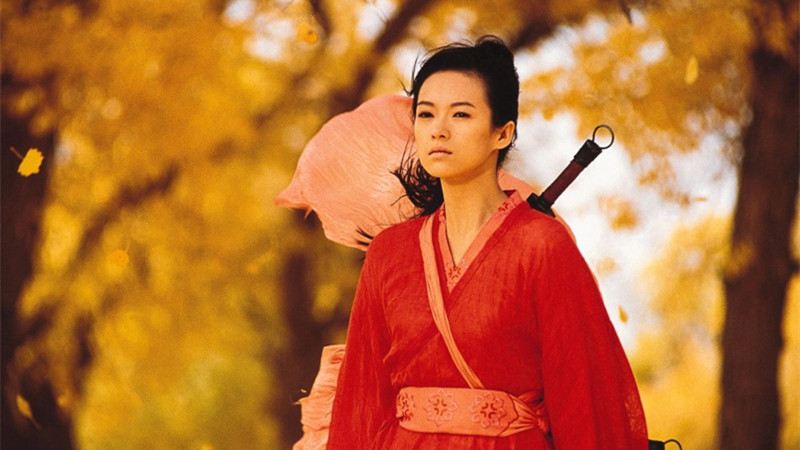
Among the many traits of Asian cinema, the elaborateness in its cinematography is probably the least hailed. However, the fact is that films from many Asian countries have also been excelling in that aspect with the heritage of classic Japanese filmmakers, such as Akira Kurosawa, Kenji Mizoguchi and Yasujiro Ozu, who were true pioneers in the field, affecting contemporary creators in the most fruitful fashion.
Furthermore, filmmakers such as Wong Kar Wai and Hou Hsiao Hsien brought many original ideas to the field, creating in the process, their own unique cinematographic style, with their movies considered as visual poems.
Lastly, apart from films from Southeast Asia, which are the largest part of this list, we also look at films with great cinematography from Afghanistan, Iran, and India. I would ask for people from those countries, and many more Asian ones that were not included in the list, to forgive my lack of knowledge in their countries’ cinema.
With a focus on diversity, here is a list with 30 Asian films with astonishing cinematography.
Please take caution before reading, because the list contains many spoilers.
30. Late Spring (Yasujiro Ozu, 1949, Japan)
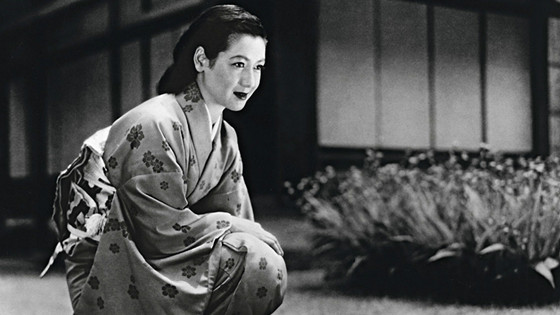
In probably his second or third best film, Yasujiro Ozu once again implemented his unique style with the help of Yasuharu Atsuta.
In this movie, the camera almost never moves, as it is placed on the eye-level of a person sitting on a tatami mat. Furthermore, he only uses one lens, a 50mm, which he said was the closest to the human eye. All of the above have the same purpose, which is to give the audience a feeling as if they’re an actual part of the film.
29. A Time to Live, A Time to Die (Hou Hsiao Hsien, 1985, Taiwan)
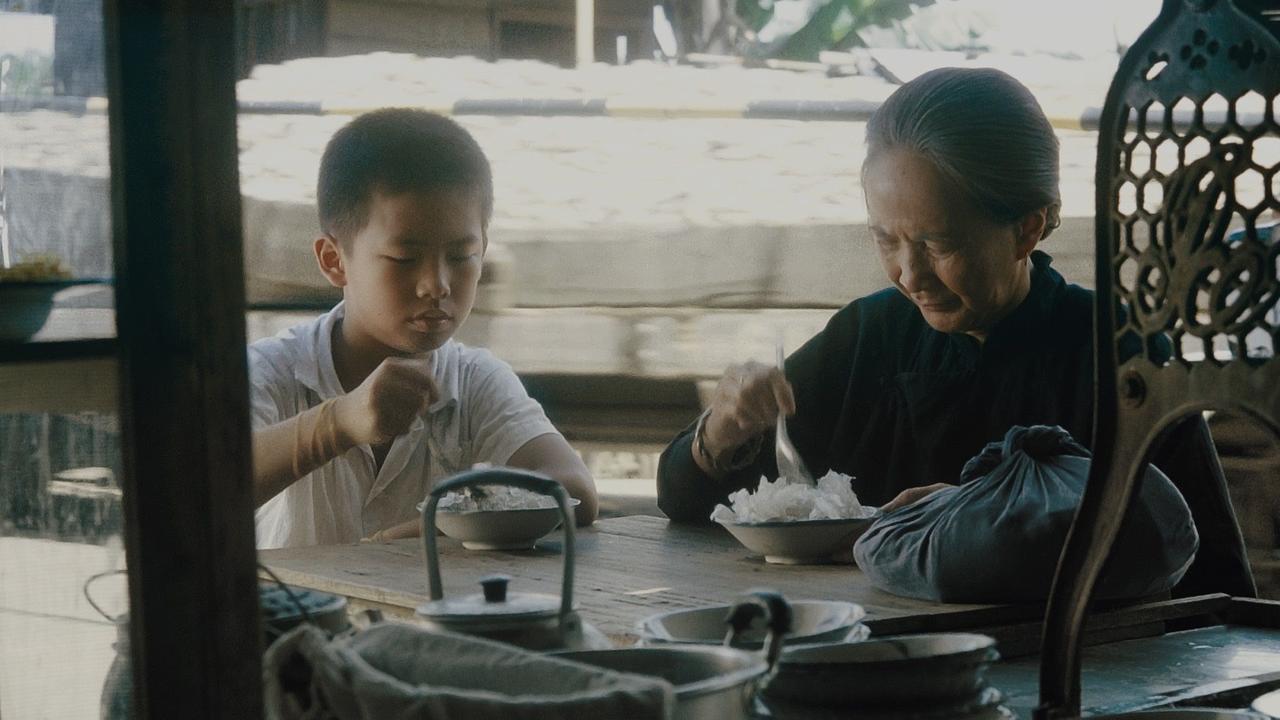
The first international success in Hou Hsiao Hsien’s career also signaled his first collaboration with cinematographer Mark Lee Ping Bin, with the result being as wonderful as expected by the two masters.
Hou’s aesthetics and technique are considered to be similar to those of Yasujiro Ozu, and this film highlights that notion, not only theme-wise, but also technically. Hou and Bing use a technique implemented in Ozu’s film, with the camera shooting from the floor, as close as possible to the action, in order to make the spectator feel as though he actually participates in the scene.
Furthermore, their combined style, which manages to portray eloquence through utter simplicity, became evident for the first time in this film, as a number of unremarkable scenes reach unexpected depths of sentiment.
28. Children of Heaven (Majid Majidi, 1997, Iran)
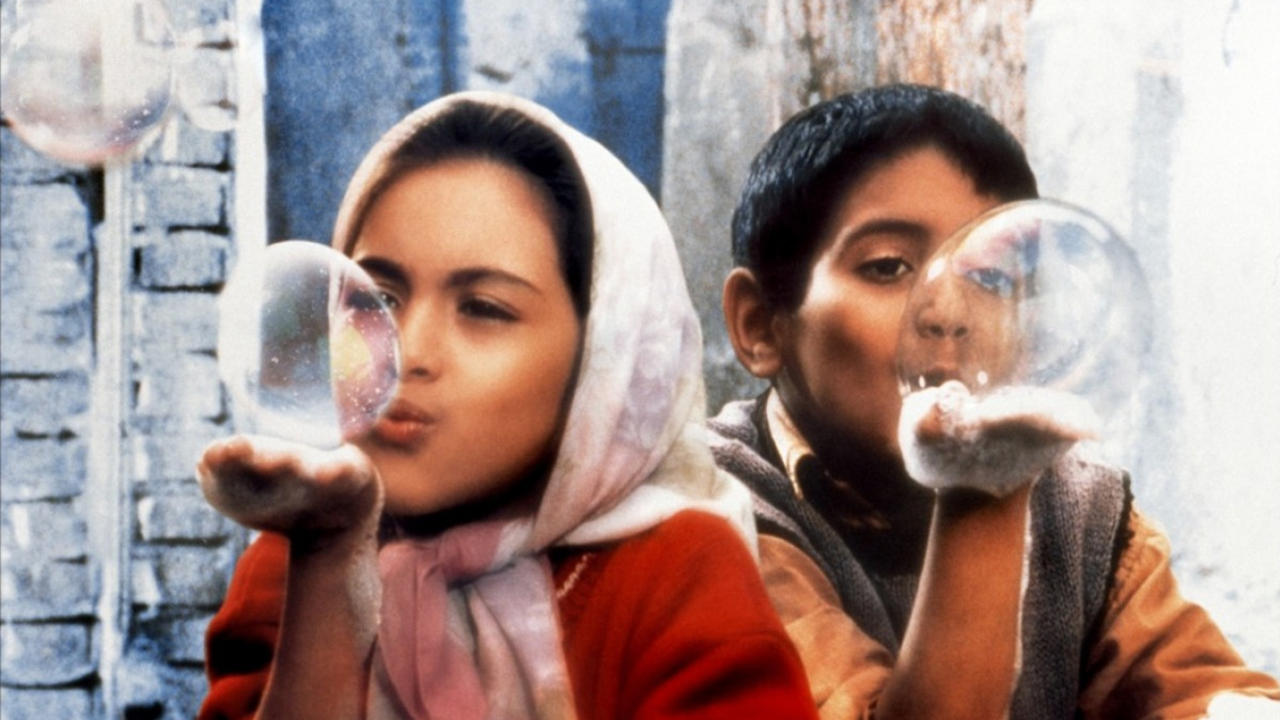
In one of the most elaborate movies for children ever shot, Majid Majidi and his cinematographer, Parviz Malekzaade, managed to perfectly capture the world as seen from the eyes of children.
Through their visage, Majidi portrays everyday life in Tehran with every detail, from the low quality of potatoes Ali’s family has to eat to the way garments are unraveled to be knitted into something else.
The same amount of detail is also applied to the high-walled streets of Tehran, from the family’s tiny apartment to the walled-in school, in order to depict the limitations provided by the ages of the children and the poverty in which they live.
27. Infernal Affairs (Wai Keung Lau, 2002, Hong Kong)
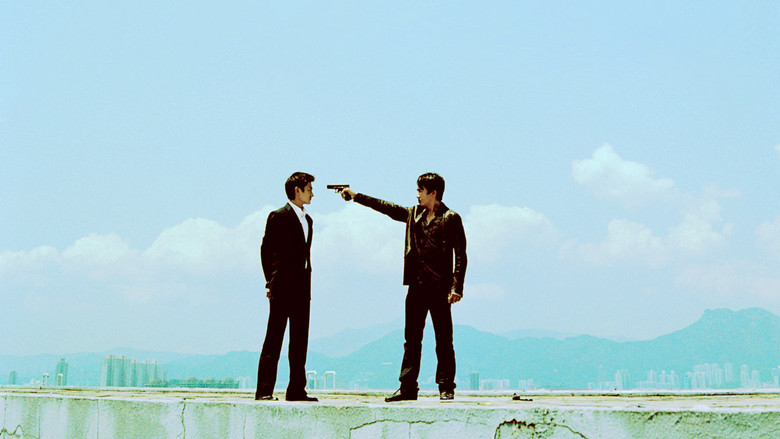
One of the greatest crime thrillers of all time benefits the most by its magnificent cinematography, with Wai Keung Lau being responsible for it as well, apart from the direction, along with Yiu Fai Lai.
The film offers impressive images of the urban surroundings, where blue and silver dominate, but refrains from showing off, as most images retain minimalistic aesthetics. This trait is particularly evident in the various scenes occurring on rooftops.
The action scenes are also splendid, despite the fact that they do not resort to clichés of the genre, like car chases and explosions, but retain the agony by focusing on the psychological state of the protagonists. This trait is exemplified in the scene with Sam’s first meeting with the Thais, which is among the greatest ever shot in the genre, both technically and artistically, with every minute soaring with anguish.
26. Osama (Siddiq Barmak, 2003, Afghanistan)
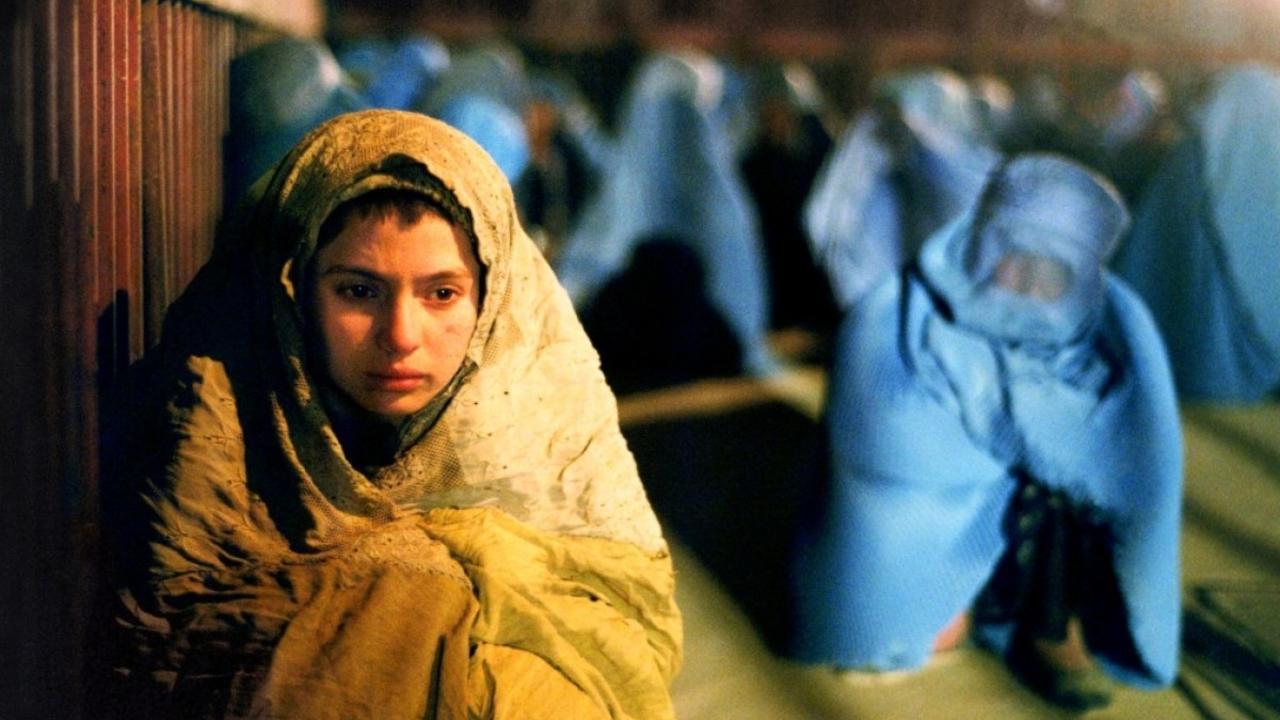
“Osama” was the first film to be shot entirely in Afghanistan since 1996, when the Taliban régime banned the creation of all films, and Siddiq Barmak and his cinematographer, Ebrahim Ghafori, shot it as realistically as possible, using the only 35mm camera in the country.
Through the eyes of 12-year-old Osama, whose harsh family circumstances become even worse upon the arrival of the Taliban, Barmak presents pictures of painful reality, and particularly of the life of women, in the filthy streets and alleys of occupied Kabul. In that fashion, he managed to convey as much visual emotion as possible, from as close to his subject as possible.
25. City of Sadness (Hou Hsiao Hsien, 1989, Taiwan)
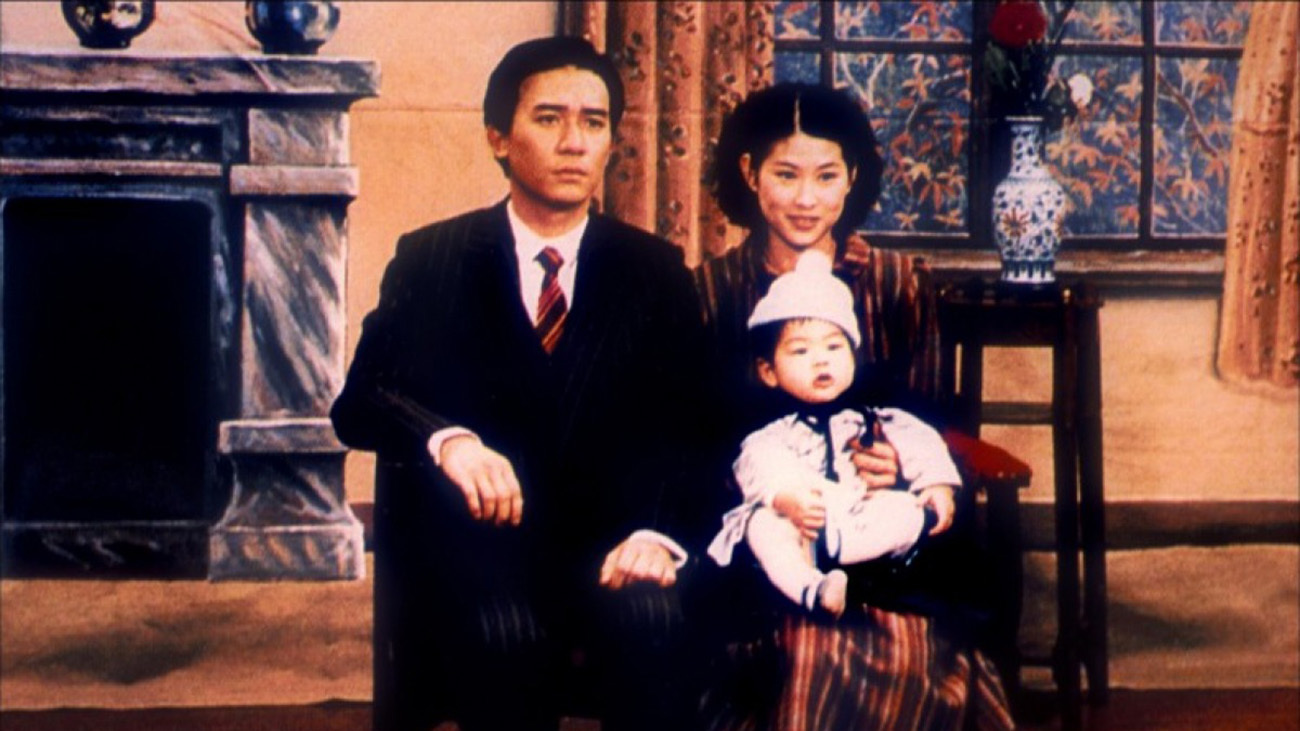
Hou Hsiao Hsien’s minimal style found its apogee in this film, with the assistance of cinematographer Chen Huai-en.
Continuous long shots, and long takes produced from stationary cameras, portray images that feature minimal action, but are filled with sentiment and meaning. This trait is exemplified in a repeated stationary shot of the hospital’s entrance, which takes different meanings throughout the film.
Another distinct example is the ending sequence, where the Father and Wen Leung are dining in silence as the loss of mainland China is announced. Despite their silence, Hou manages to eloquently portray their deep sense of loss.
24. Farewell My Concubine (Chen Kaige, 1993, China)
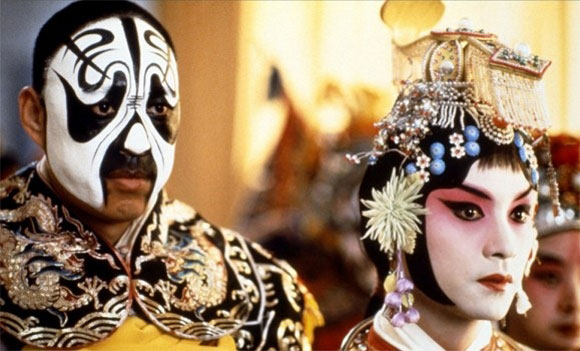
One of China’s greatest epics absolutely features wonderful cinematography through the elaborate work of Gu Changwei, who managed to portray images of extreme beauty while retaining the film’s realism at all times.
Shot in Technicolor, the movie is filmed in sumptuous detail, which benefits the most from the intense colors, in a trait that becomes mostly evident in the depiction of the Chinese opera. Furthermore, Chen Kaige showed a tendency to shoot glass, smoke, mist, and flames through filtered lenses, and Changwei delivered in astonishing fashion.
23. Crouching Tiger, Hidden Dragon (Ang Lee, 2000, Taiwan)
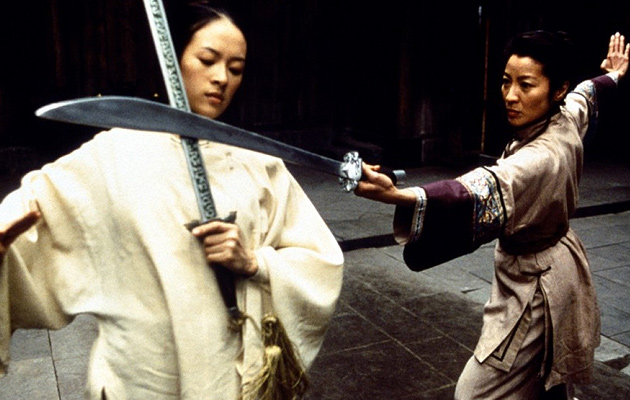
The film that reinvigorated the Wuxia genre, giving it an unprecedented artistry, could not help but feature astonishing cinematography.
Ang Lee and Peter Pau presented images of rare beauty, as the cinematography of the film also exemplified the skills of the action choreographer, Yuen Woo Ping. The result of the cooperation of the three is a number of astonishing action scenes, where wirework is implemented to the fullest extent. In particular, the ones on the rooftops and in the tree branches are included among the best ever to appear in the genre.
Moreover, the cinematography retains its artfulness despite the different environments depicted in the film, which also include sequences in the desert and in a monastery that seems to float among the clouds.
22. Woman in the Dunes (Hiroshi Teshigahara, 1964, Japan)
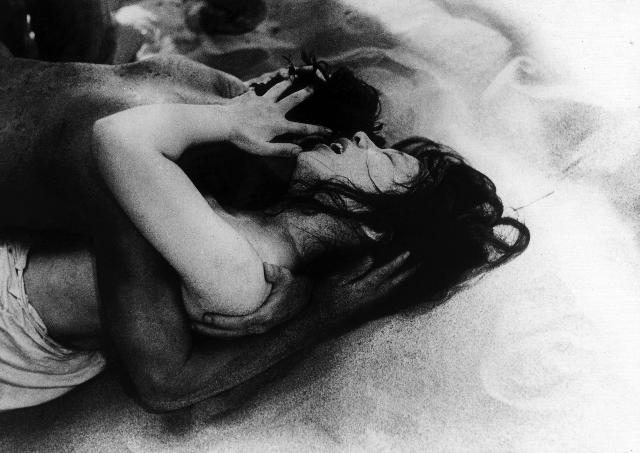
In one of the most celebrated Japanese films in the West, Hiroshi Teshigahara and his cinematographer, Hiroshi Segawa, presented a production that elaborately combines dedication to the original novel with artistic intricately.
This excellence is fully mirrored in the black-and-white cinematography that entails deep focus and utter dedication to every detail and to realism, to the point that it occasionally looks like a documentary, as with those with the movements of the insects, and flawless camera movement.
Furthermore, the nightmarish setting of the dunes benefits the most from the cinematography, with Segawa’s camera strengthening the sense of angst and hopelessness that permeates the film.
21. Memories of Murder (Bong Joon-ho, 2003, South Korea)
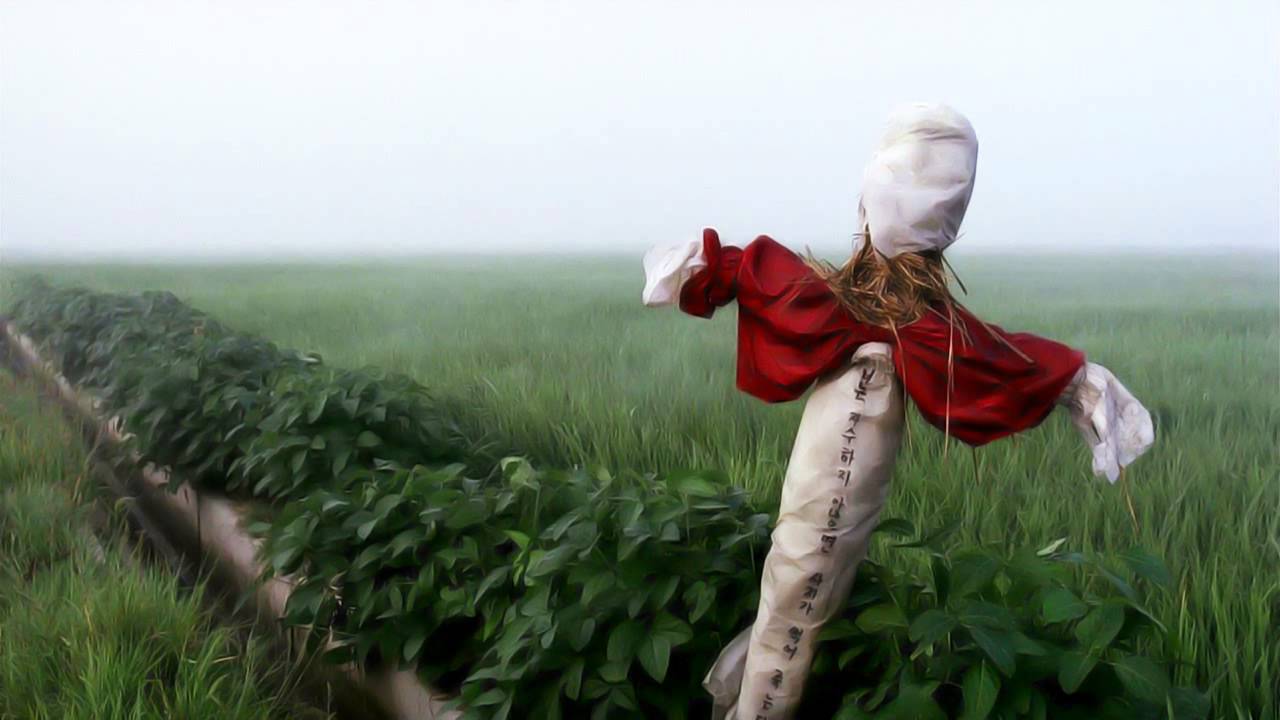
One of the masterpieces of contemporary South Korean cinema, “Memories of Murder” features a great script, direction, acting, and cinematography.
Kim Hyung-ku did a spectacular job in this aspect, presenting images of rare beauty from the everyday life in rural Korea in the 1980s. The film holds the record for the most shooting locations in the country, in an effort to portray the circumstances of the era as realistically as possible.
Furthermore, he managed to give the rural town where the film takes place a dark and ominous sense, which exemplifies the fact that danger is everywhere, in taverns, in the woods, in tunnels, even at the police station.